Advice for Anyone Getting Their First Tattoo
20 July, 2022Are you ready for your first tattoo? That’s super exciting. There can be a big learning curve to getting your first tattoo.
How do you even choose a tattoo artist? What do you say to the artist you want to tattoo you? What happens when you get a tattoo? Does it hurt? What is the deal with paying and tipping? Should you get a color ink or a black ink tattoo?
Even setting a tattoo appointment can be confusing. It‘s okay, first-timer! Stop fretting and googling; land here, and we will help you figure out everything you need to know to get that first splash of ink.
How Can I Find and Choose a Tattoo Artist?
Choosing an artist is going to depend on your design. If you have a design in mind, you want to find a tattoo artist that aligns with the style of your design.
If you have an abstract plant design, you don’t want to go to a traditional tattoo artist. Take a look at different styles of tattoos to see where your tattoo idea falls.
Are you having trouble finding the right artist? One of the easiest ways is going online. Most tattoo artists have an Instagram or Facebook page with their work. You can find tattoo studios near you on Google Maps and then reference the shops' websites for the artists that practice there.
Usually, they will link their artists' socials for your convenience. If not, find the tattoo shops on Instagram, and usually, they will repost their artists' work (hopefully with tags).
Another way is walking into local tattoo shops you know are around. Stop in and ask to see “the books”; these are tattoo artists’ portfolios with past work and other designs inside.
If you don’t have a tattoo design but you just want a cool tattoo—this is a great way to figure out what you want or at least what you don’t want. Flip through books and socials and make a collection of images you love.
If you find an artist you like, you can ask them to make you a custom tattoo from your design references.
How Should I Ask for a Tattoo?
Ok, you’ve landed on an artist. Now what? You need to approach the artist to ask for a tattoo. Before you ask for a tattoo, you should know a few things because the artist is going to ask you these questions:
What do you want? Do you have reference pictures?
Where do you want the tattoo (placement)?
What size do you want the tattoo?
Do you want color or black and grey ink?
Get that info together. It’s okay if you want to adjust your answers before the session, but you’ll need to let the artist know. It’s going to help them schedule and prepare for your session.
Once you give the artist that info, ask them how much it will cost. You want to be prepared to pay in full (plus tip).
Placement
What part of your body are you getting the tattoo on? If it’s your first time, you should take it easy and choose a less painful tattoo placement—anywhere that isn’t too boney or sensitive. Thighs and outer biceps are generally less painful.
Choose a less painful placement. You’ll get used to the odd sensation of being tattooed, and when you want to go for a more painful spot, you’ll already have the tattoo experience and know what to expect.
Size
We recommend getting a small tattoo if it’s your first time. Sitting for a tattoo can be exhausting. Don’t plan a full sleeve for your first tattoo. Or just plan a part that could stand alone because what if you end up hating the feeling?
Color Ink vs. Black Ink
Black ink tattoos are easier to get because it’s the darkest of all tattoo pigments. You don’t have to go over the tattooed area as often as you would with yellow or red ink. Color pigments require more passes of the tattoo needle and deposits of new ink to show up properly on the skin.
More passes over the same spot mean more irritation and possibly pain. Make your tattoo ink choices with that in mind.
What Should I Consider and Ask?
Don’t be afraid to ask questions. It’s your first time. Find out what you can from tattooed friends before you ask your artist but when it comes down to it—just ask the questions. It’s better you feel comfortable than not because you’ll have that ink for the rest of your life!
Allergies
If you have any allergies to dye, make sure you let your tattoo artist know so they can check out the ink they use. They’ll need to make sure it sits safely in your skin and doesn’t get rejected. If you’re an allergy-prone person, ask your doctor just to be super safe.
Pain Management
How much a tattoo hurts depends on a few things—placement, size, shading, and pain tolerance. You will have minimal pain if you choose a fattier part of the body that isn’t extra sensitive.
But still, it will be painful. It’s a needle going into your skin over and over. The only way to lessen the pain is by using a numbing gel and some meditative breathing techniques.
What Should I Bring?
You will be sitting or lying still during the tattooing process. If the session is long, you may want to bring something to entertain yourself or something to eat or drink. You will also need to bring some money—tattoos aren’t (usually) free!
Entertainment
Bring something to entertain yourself. If you or your artist are introverted, headphones and a podcast or audiobook will work great. If your hands are free, bring a book or magazine to distract you from the pain.
You may also want to bring some water or a non-alcoholic beverage to sip on. Bring a snack if it’s going to be a longer session or you are prone to low blood sugar.
Payment
Figure out if your artist or the tattoo shop they work out of takes cash, card, crypto, or whatever you use to pay for things. Once your artist finishes the tattoo, you’ll need to pay.
You may have paid a deposit to book your time with your tattoo artist. That amount will be subtracted from the total, and you will owe the rest on the day of your tattoo session.
Your artist might have an hourly rate or give you a flat rate for the entire tattoo. Ask ahead of time because your tattoo may cost more than expected if the session exceeds the expected time.
Tip
It’s customary to tip your tattoo artist no matter what. The standard tip rate is 20 percent, just like restaurants and hair salons. Use this as a baseline, as tattoos require more or less finesse and work.
What About Aftercare?
You need to take good care of your body art! Get specific aftercare instructions from your tattoo artist. They might cover up your new tattoo with a special bandage or aftercare gel, and you will have to wait a certain amount before taking it off.
The complete healing process for a tattoo takes about four months. The first two weeks will be a lot of gentle washing (with antibacterial soap), moisturizing, and trying not to bump or rub it. You’ll need to keep your healing tattoo out of direct sunlight for these first couple of weeks.
After the first two weeks, your tattoo will transition from an open to a closed wound, and you can start using lotion and sunscreen to protect your new tattoo.
Once it’s fully healed, you’ll want a tattoo balm to keep it looking its best. Generally, having great skin care will result in the best-looking tattoos. Read more about tattoo aftercare here.
What About the Finished Tattoo?
Are you worrying, “what if it doesn’t turn out right?” That makes sense—the first tattoo always feels like it needs to be perfect. Look, most people usually love their first tattoo no matter what, even if it didn’t turn out exactly right.
But you have options if you end up with a tattoo you don’t quite love. You can go back to your tattoo artist for a touch-up if it's something small. Most artists offer a touch-up as a standard practice.
Once your tattoo is healed, your tattoo artist can go back over certain parts or add something that may be missing. Small touch-ups are usually free, but it will depend on how much touching-up you need.
If you can’t live with it, you might also be in the market for a cover-up or tattoo removal. A cover-up means going completely over the tattoo with another design. A dermatologist would do tattoo removal, using a machine to zap away the tattoo ink underneath your skin.
Just Remember!
Getting your first tattoo can be overwhelming; so much choice, expectations, and hurdles to jump. Take it easy, and don’t make yourself go crazy trying to get it perfect.
If you are getting that first tattoo anxiety—choose something small and easily coverable for the first tattoo. Get it out of the way, and then once you are familiar with the tattooing experience, you can put your effort and knowledge into the second tattoo.
Sources:
Tattoo Removal: Options and Results | FDA
Systemic Allergic Reaction to Red Tattoo Ink Requiring Excision | PMC
Acute Pain Tolerance Is More Consistent Over Time in Women Than Men, According to New Research | NIH
Try risk-free & save with the Essential Sets
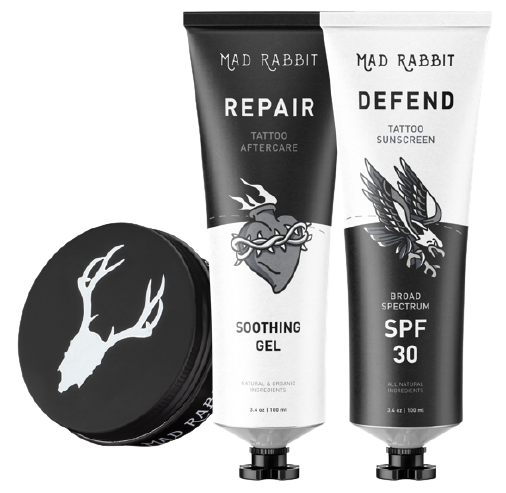
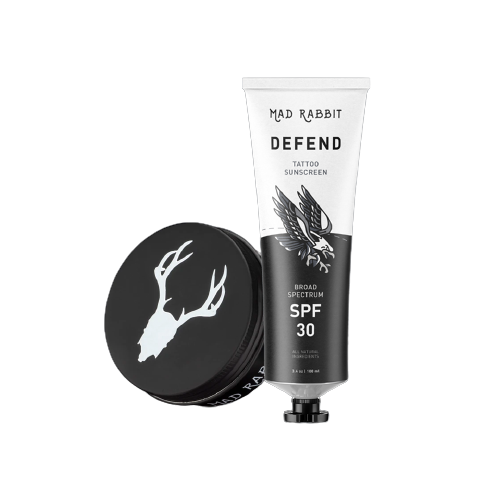
Daily Defense Set
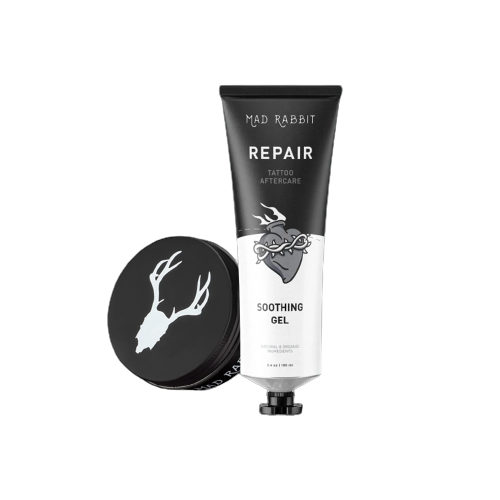


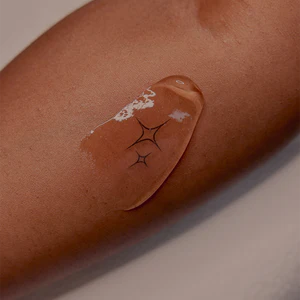
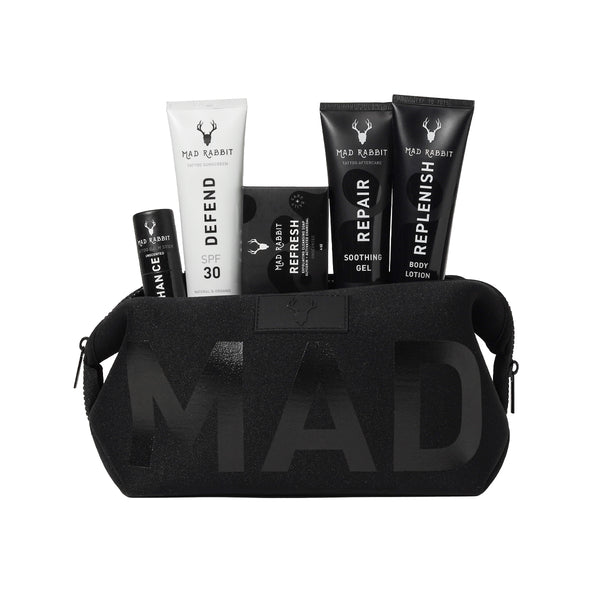
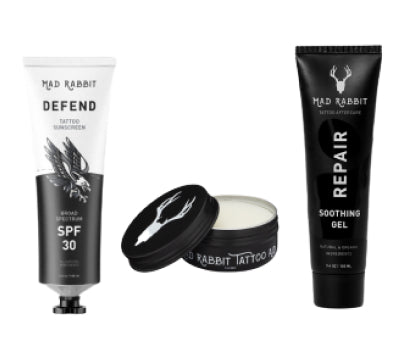
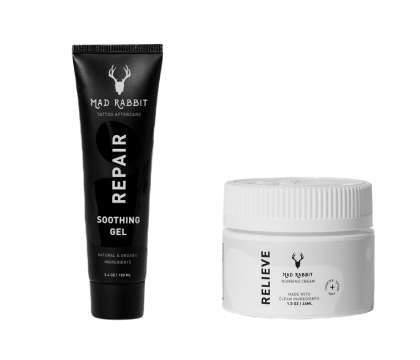
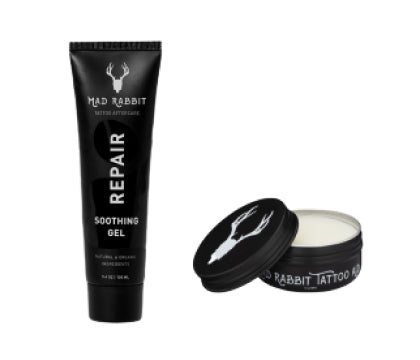
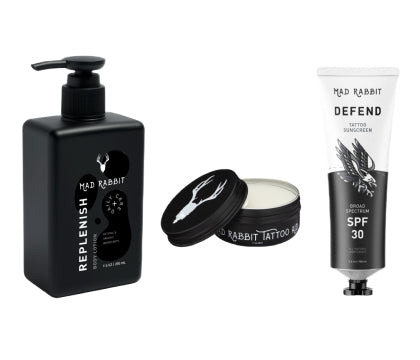
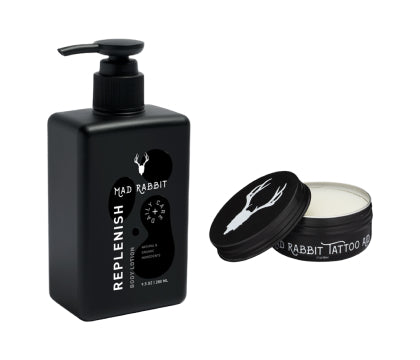
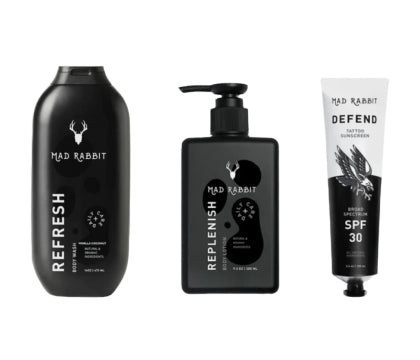
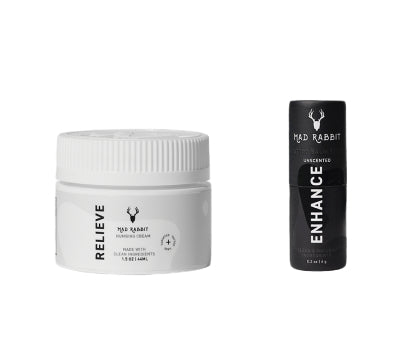
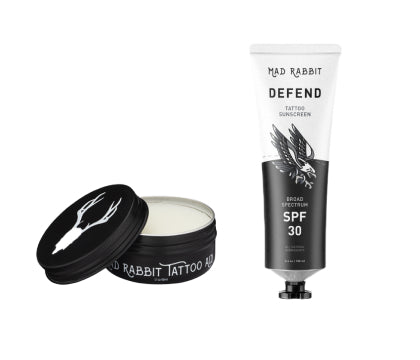
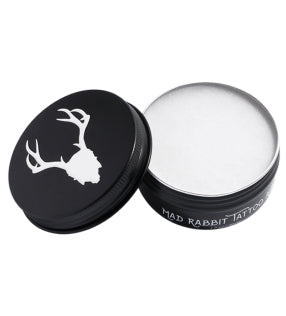
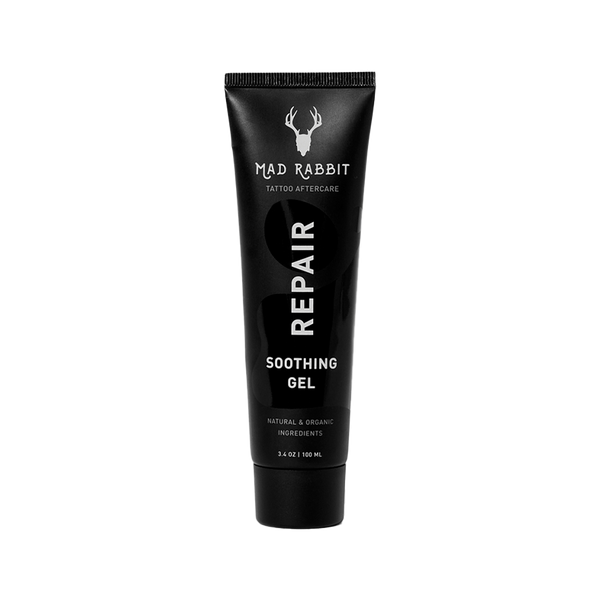
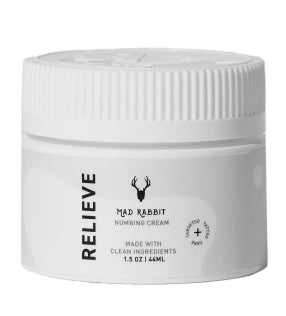
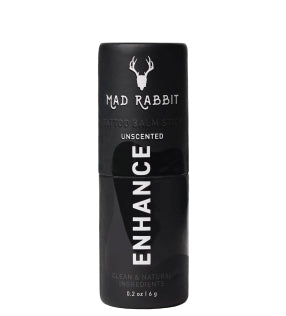
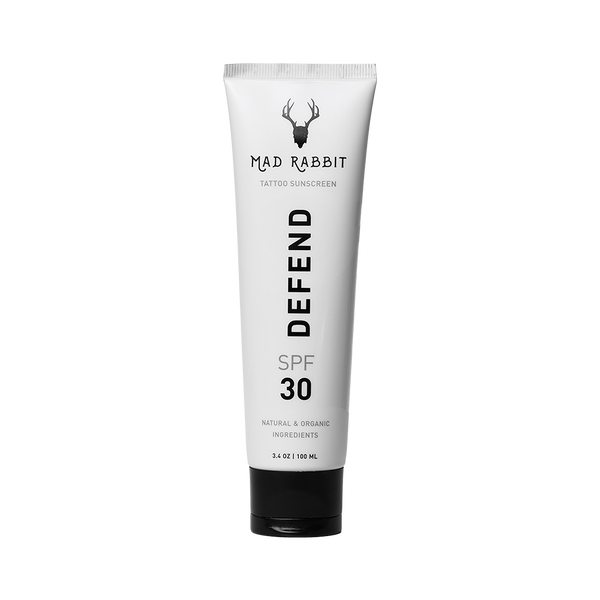
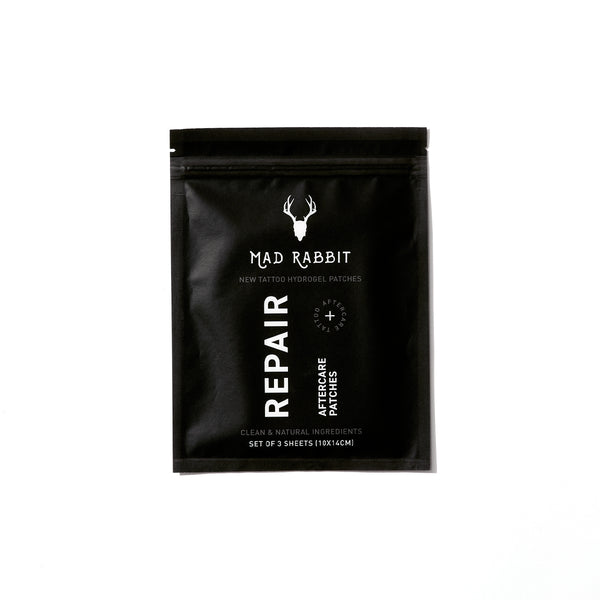
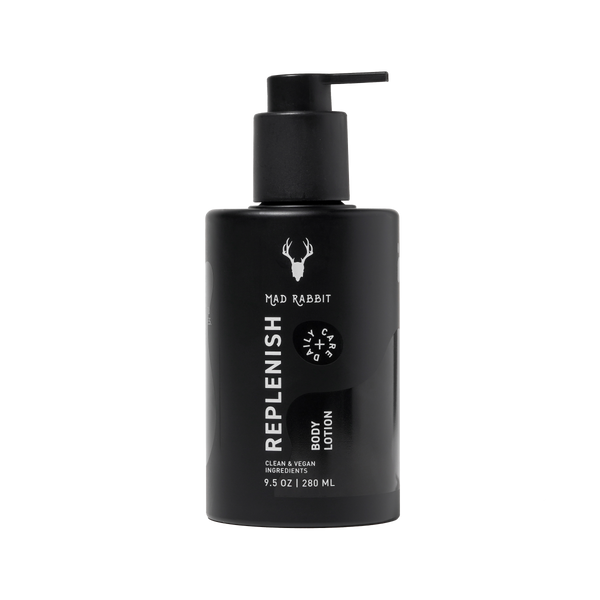
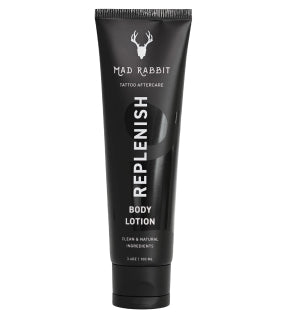
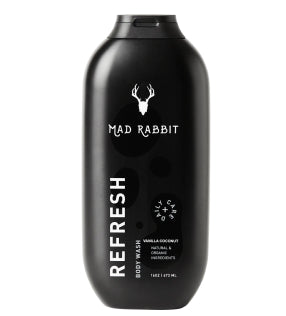
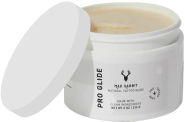
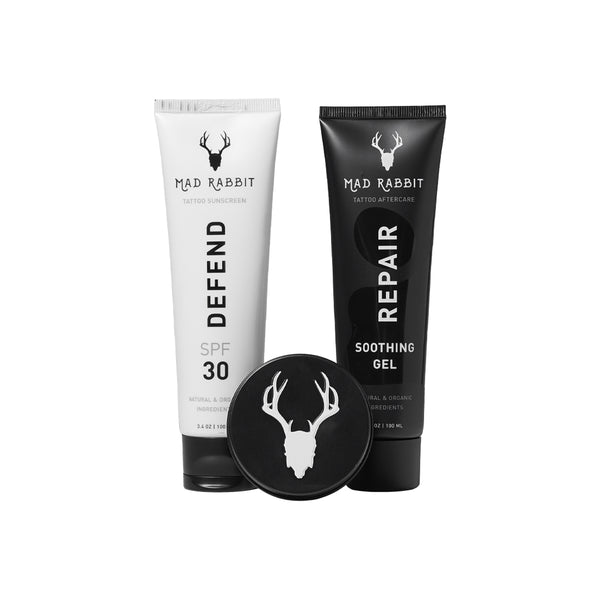

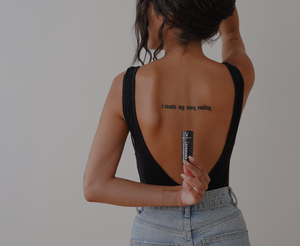
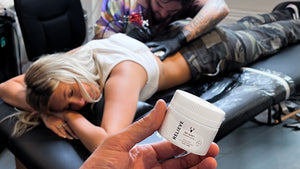
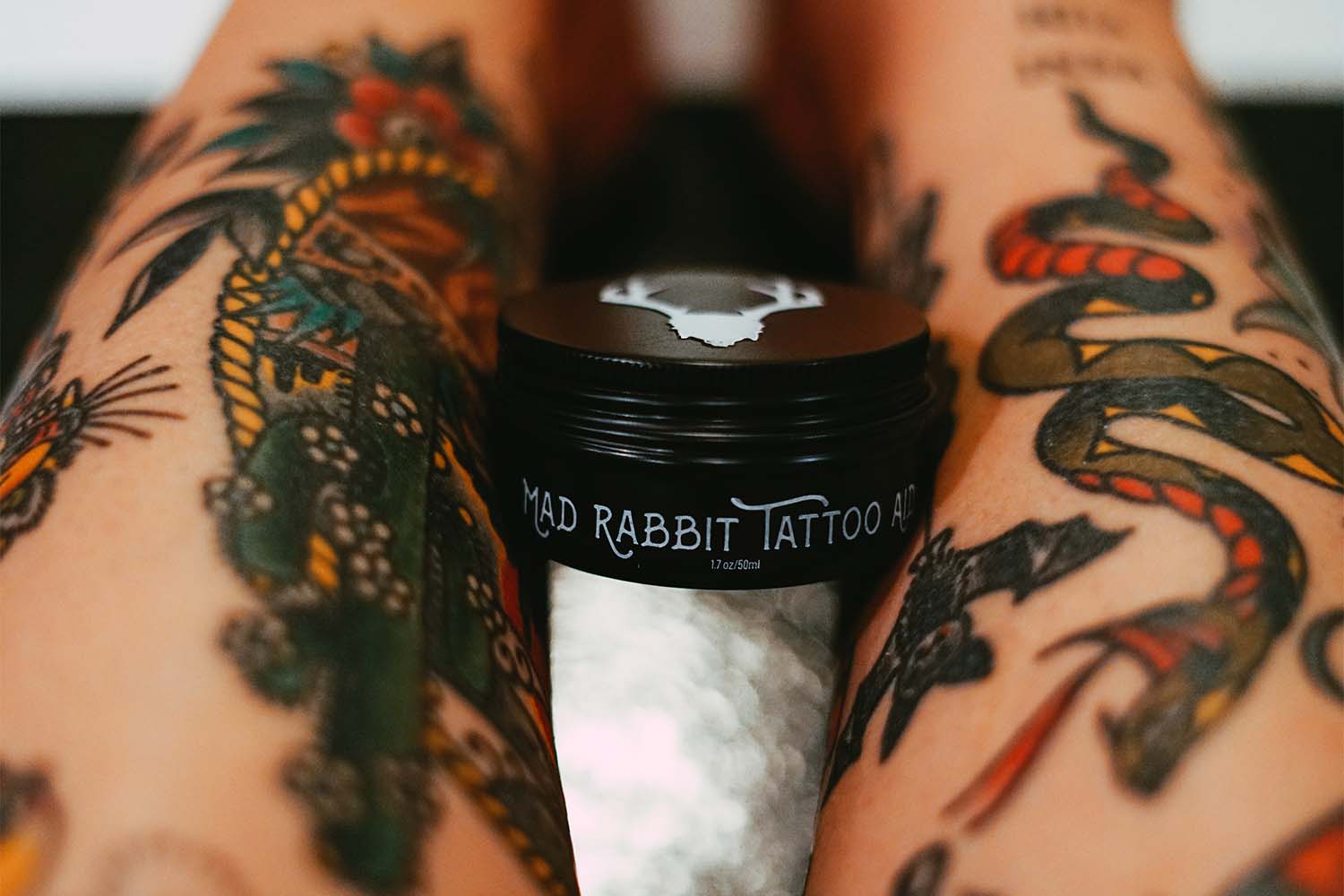
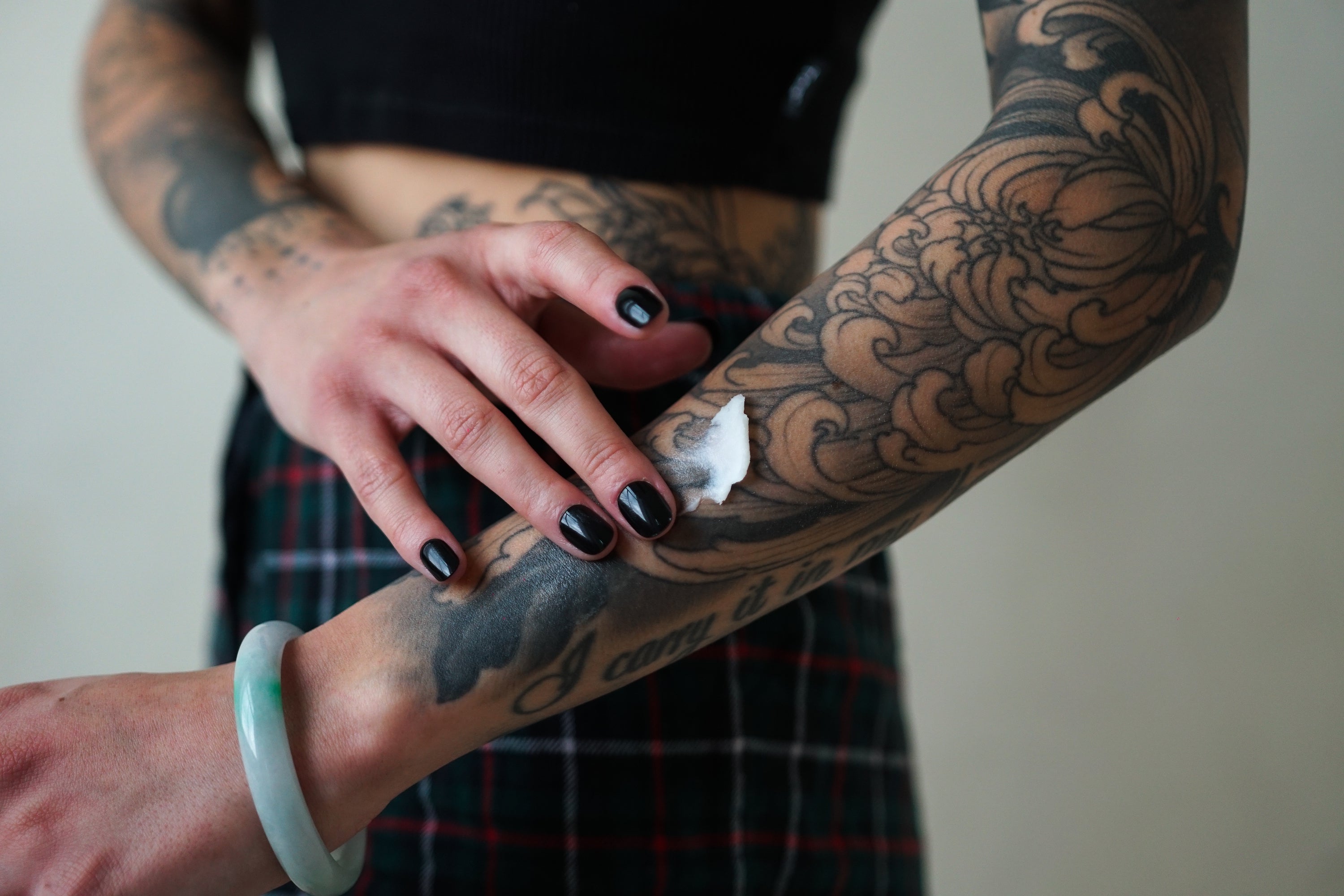
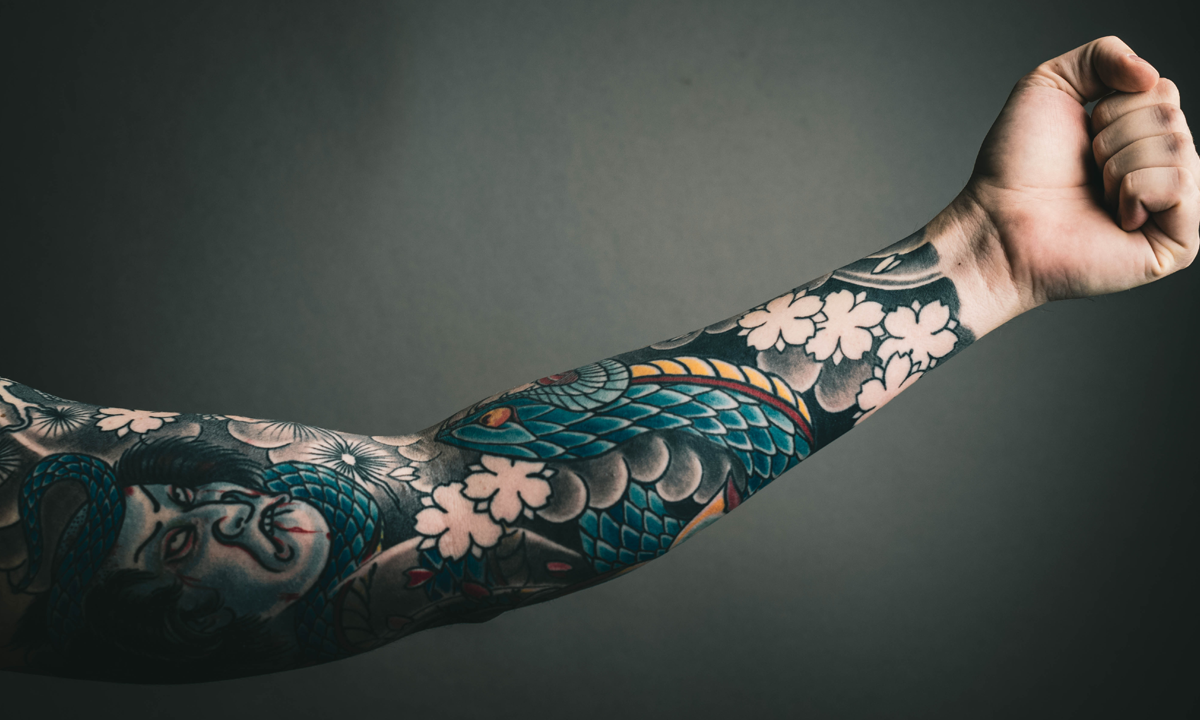
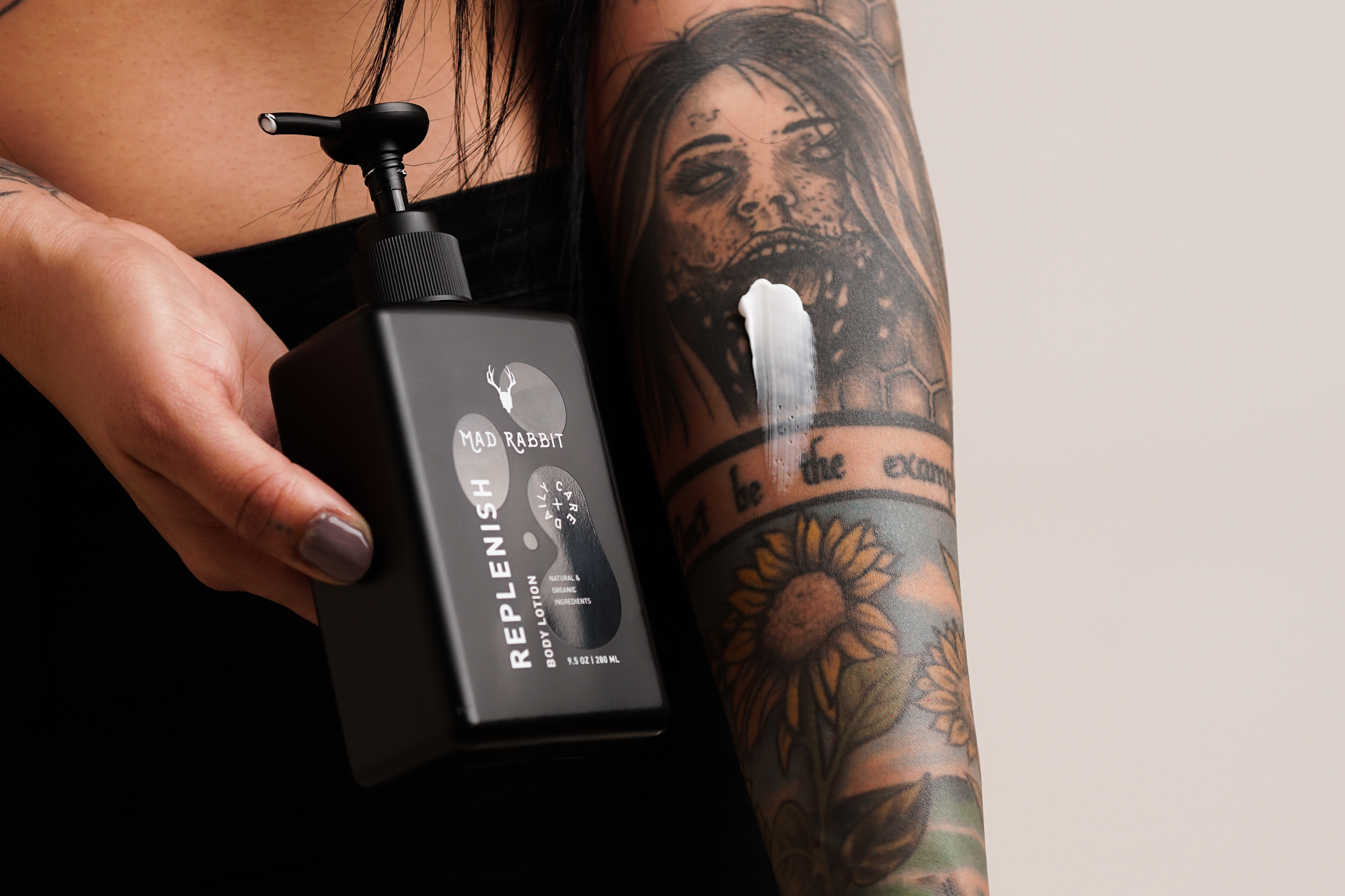
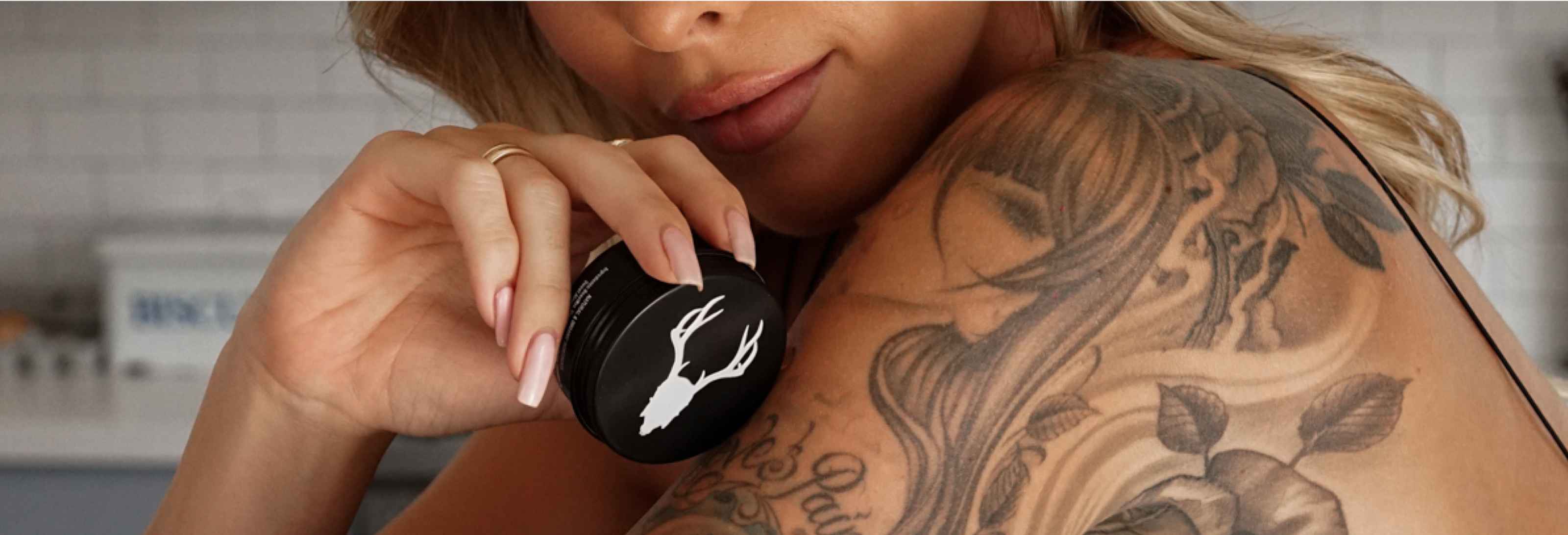
Join the discussion